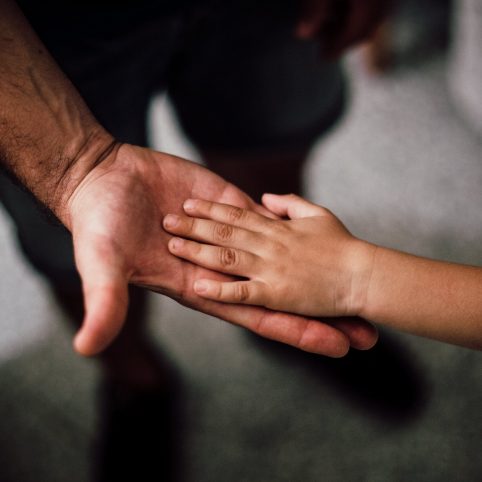For those severely affected, a major problem can be internal bleeding into joints, muscles and soft tissues. All of us damage our muscles in small ways in the activities of everyday life. Most people repair that damage automatically. For the person with a severe bleeding disorder, however, the tiny breaks in the blood vessels in joints and muscles may continue to bleed as a result of normal everyday activity. These bleeds are sometimes described as “spontaneous” because it is impossible to identify a cause.
An ache or irritation in an affected area is usually an indication that a person with haemophilia is getting a bleed. If left untreated pain may become excruciating. In the case of joint bleeding, the blood which has escaped into the joint has a very damaging effect on the surface of that joint. Once a joint becomes damaged then bleeding will occur more frequently resulting in a “target joint”. The majority of bleeds into joints and muscles occur in the lower limbs, with ankles and knees being the worst affected in most people.
The most common types of internal bleeding are into the joints or muscles and may occur without any obvious cause. Repeated or untreated bleeding into joints and muscles can cause permanent damage such as arthritis, chronic pain and joint damage requiring surgery. Older children should tell you if they have a bleed. Younger ones may seem upset or may protect a limb by limping or not using it.
Cuts and grazes
When cuts and grazes occur, cover them with a plaster and bandage and apply pressure to them for a few minutes. Deep cuts that may need stitching will need treatment at a haemophilia centre.
Nosebleeds
Tilt head forward and pinch the bridge of the nose below the bone for 10-20 minutes and/or put an ice-pack on the bridge of the nose for not more than 5 minutes.
Mouth and Tongue Bleeds
- These can be hard to control because clots that form are washed away by saliva, or knocked off by the tongue or food. These bleeds usually need treatment by parents or treatment centre but try giving the child an ice cube or ice pop to suck as this may do the trick.
Signs of a mouth or nose bleed:
- Any bleeding lasting longer than 20mins from mouth, gums or throat
Soft Tissue Bruises
Soft tissue bruises will always occur in people with bleeding disorders. Although these may look serious they usually do not require any treatment. Sometimes if the bruise is increasing size and is causing pain, then treatment may be recommended
Minor Head injuries
These are injuries that can lead to bruising or even small cuts on the head. These injuries should always be treated either at home or at the treatment centre.
Serious Head injuries
These can result from a severe bang on the head. A head injury is always serious if the person is knocked unconscious. These injuries should be treated as quickly as possible and the patient should be taken to the nearest haemophilia centre.
Signs of a head bleed:
- Nausea and /or vomiting
- Lethargy and unsteady balance
- Irritability & confusion
- Headache, drowsiness,
- Seizures
- Loss of consciousness
If a child has any of these signs, regardless of the apparent injury, they may have a serious head injury.
In the event of an emergency phone the parent and haemophilia treatment centre immediately.
A CAREFUL EYE SHOULD BE KEPT ON THE CHILD FOR AT LEAST 12 HOURS FOR ANY OF THE SYMPTOMS LISTED.
Abdominal Bleeds
Signs of an abdominal bleed:
Bloody, black or tar-like stools
Red or brown urine
Joint/Muscle Bleeds
- Pain, Warmth, Swelling,
- Tingling/tightness, Tenderness
- Reluctant to move affected limb
